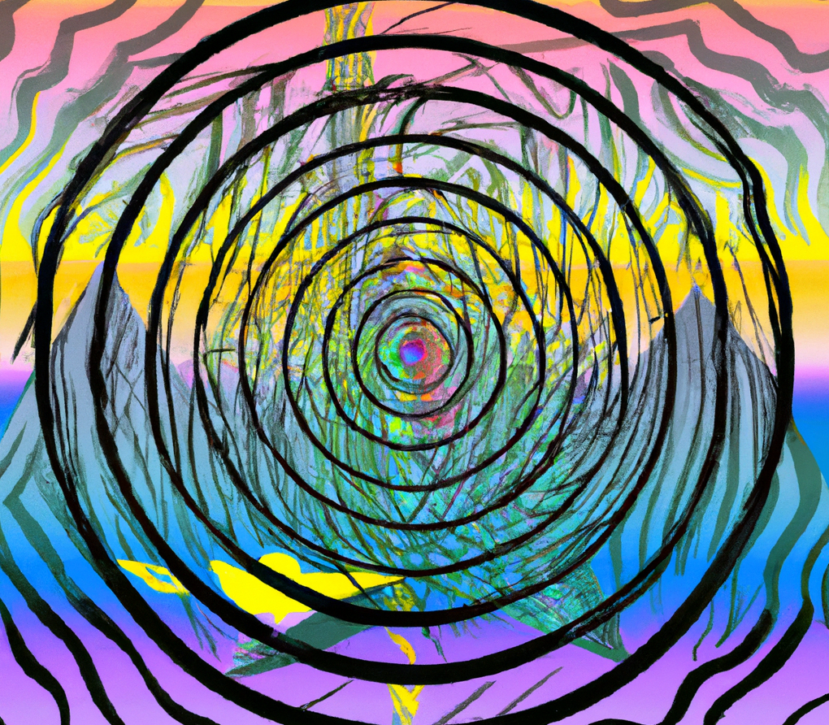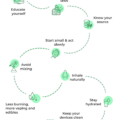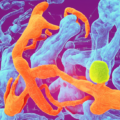Lysergic acid diethylamide (LSD) is a powerful hallucinogenic drug that can have significant effects on the brain and body. While the use of LSD is illegal in most countries, some individuals may still use it recreationally or as a form of self-medication. In such cases, strategies of Harm Reduction for LSD can help minimize the negative consequences associated with use. But first, let’s briefly understand the effects, dosages, and phases of LSD
LSD Effects and Dosing
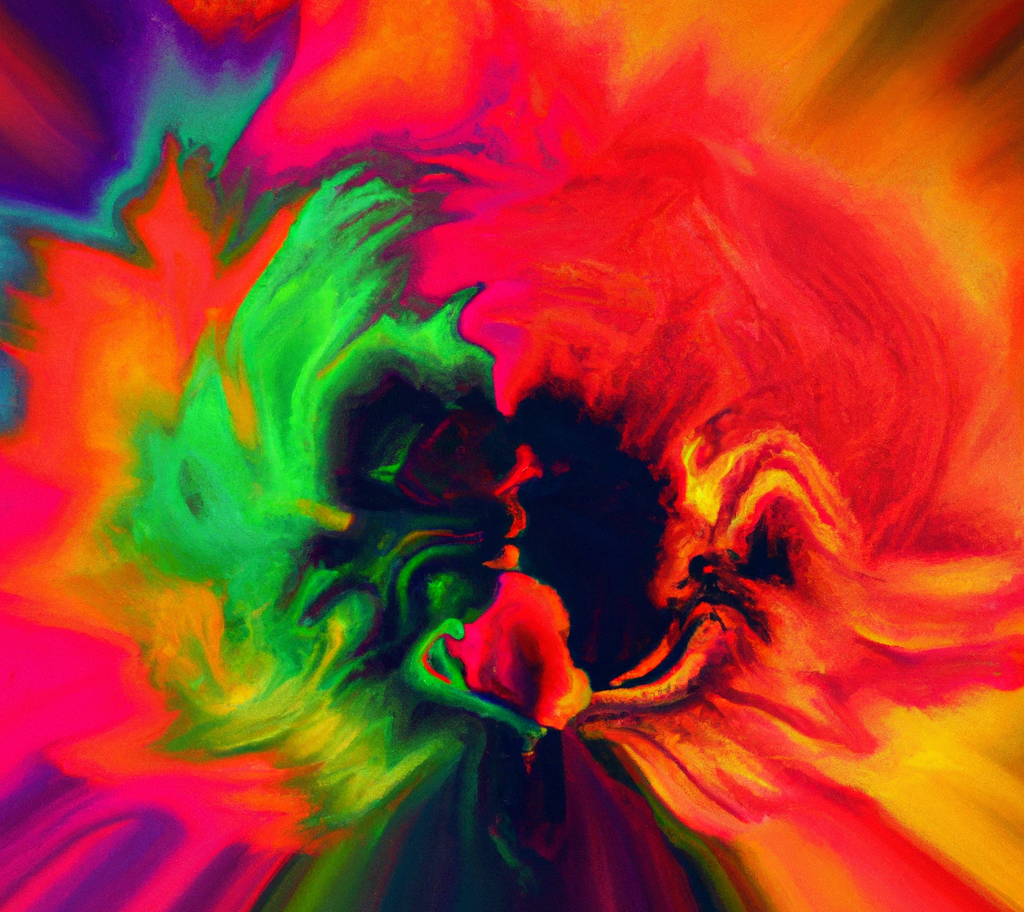
The effects of LSD can vary depending on the dose, the user’s experience with the drug, and other factors such as the user’s mental and physical state.
Effects of LSD
Physiological Effects: LSD acts on the serotonin system in the brain, causing changes in the levels of neurotransmitters, particularly serotonin. This results in an increase in heart rate, blood pressure, body temperature, and pupil dilation. It also can cause nausea. Users may experience dry mouth and sweating, as well as muscle weakness, tremors, and uncoordinated movements.
Psychological Effects: LSD produces profound changes in the user’s perception of reality, including alterations in sensory perception, thought processes, and emotions. These changes can result in intense, complex, and unusual sensory experiences, such as synesthesia, where the senses blend together. Users may also experience altered states of consciousness, such as feelings of unity with the universe or a sense of timelessness. They may also have intense emotional experiences, such as euphoria or intense anxiety, and may have difficulty distinguishing between reality and fantasy.
Long-Term Effects: LSD does not cause physical dependence, but it can lead to psychological dependence. Regular use can cause persistent changes in the user’s perception, mood, and thought processes. Chronic LSD use can also lead to a condition called hallucinogen persisting perception disorder (HPPD), where users experience recurring visual disturbances or hallucinations long after the drug has left their system.
Dosing of LSD
LSD is typically sold on small squares of paper, known as “tabs,” with each tab containing a dose of the drug. The potency of each tab can vary widely, and users should be cautious when using LSD to avoid taking too much.
A standard dose of LSD is typically around 50-150 micrograms, although doses can range from 20 to 200 micrograms. Experienced users may take larger doses, but this can increase the risk of negative effects and under certain conditions, it goes beyond of Harm Reduction for LSD.
Phases and Duration
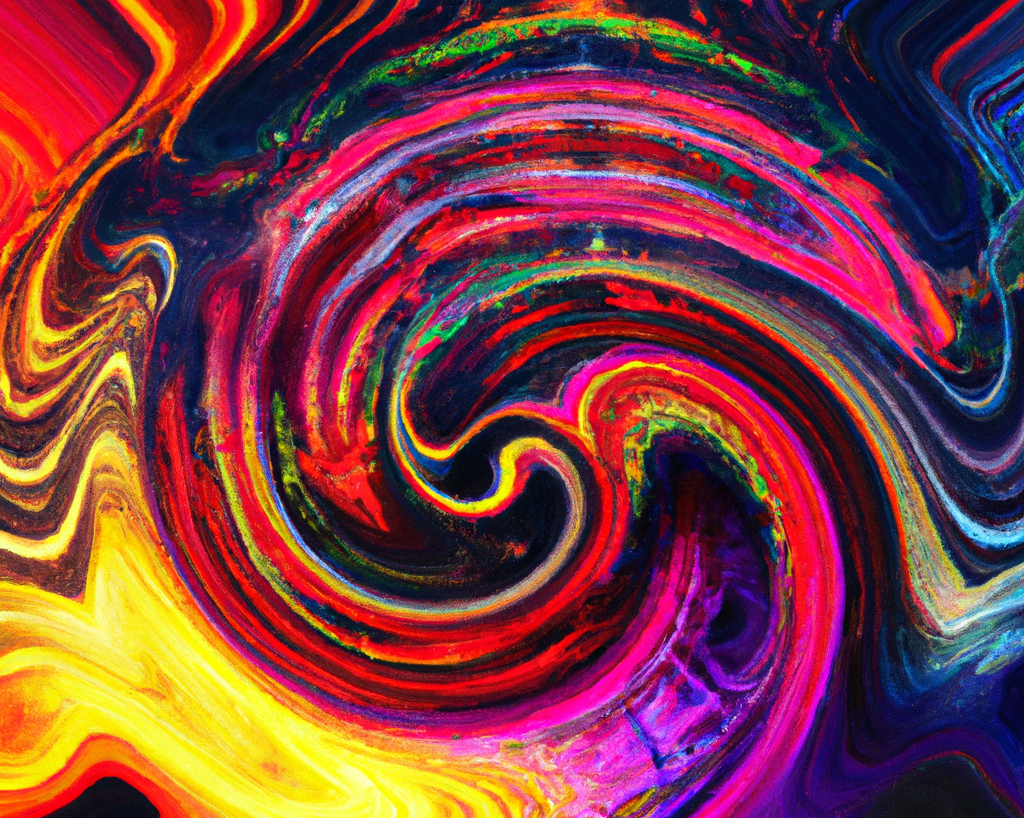
The duration and phases of an LSD trip can vary depending on factors such as dose, individual tolerance, and the user’s mental and physical state. However, here is a general timeline of the duration and phases of an LSD trip:
Onset & Come up: The onset of an LSD trip typically occurs within 20 to 90 minutes after ingestion. During this phase, users may begin to feel changes in perception and mood, such as enhanced colors, altered visual patterns, and changes in thought processes.
Peak: The peak phase of an LSD trip can last from 2 to 4 hours after onset. During this phase, users may experience intense and vivid hallucinations, altered sense of time, and emotional changes such as euphoria or anxiety.
Plateau: The plateau phase of an LSD trip can last for 3 to 4 hours after the peak. During this phase, users may still experience visual distortions and changes in mood, but the effects are generally less intense than during the peak phase. Or the attitude towards them becomes calmer.
Come-down: The come-down phase of an LSD trip can last for several hours after the plateau phase. During this phase, users may experience feelings of fatigue, physical discomfort, and mild mood changes.
After-effects: After-effects of an LSD trip can last for up to 24 hours or longer after ingestion. During this phase, users may experience residual visual effects, changes in mood, and changes in thought processes.
It is important to note that the effects of LSD can be unpredictable, and the duration and phases of an LSD trip can vary widely depending on individual factors. It is essential to use LSD responsibly and seek professional help if you experience any negative effects.
Dangers
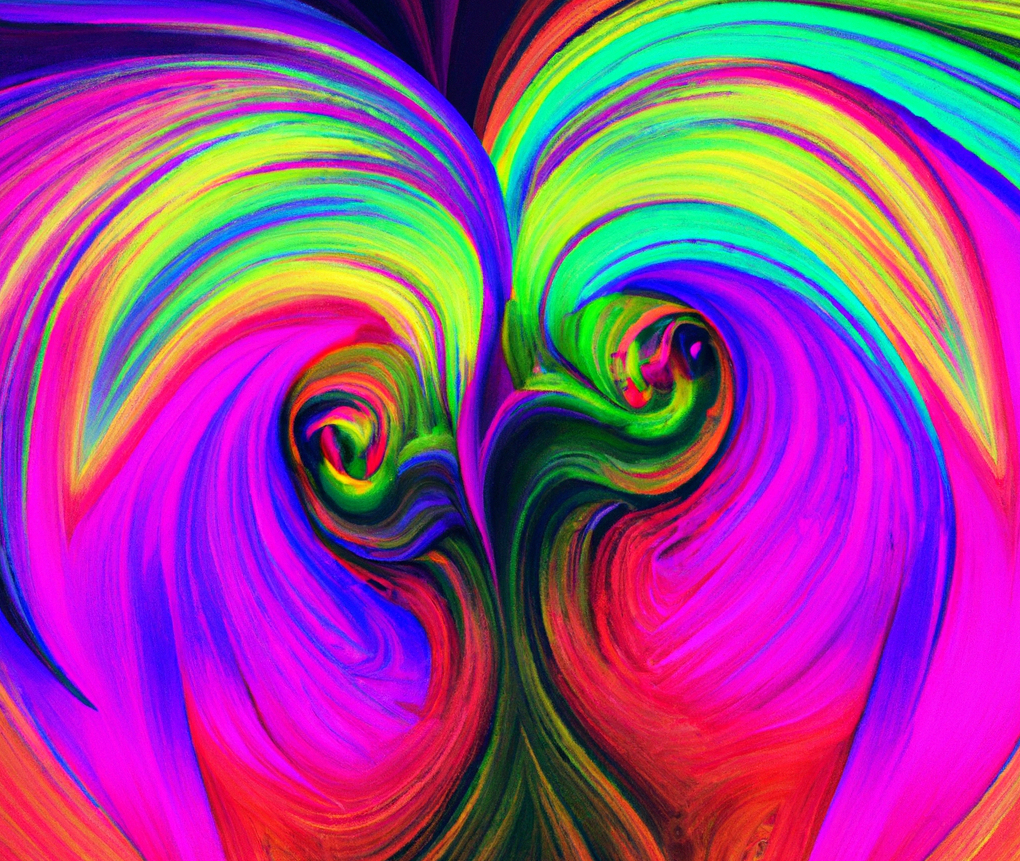
Taking LSD can have potential risks and dangers, and it is important to understand them before using this substance. Here are some of the dangers of taking LSD:
Bad trips: While most LSD experiences are positive, some users may experience negative thoughts and emotions, leading to a “bad trip.” A bad trip can cause extreme anxiety, paranoia, and even psychosis.
Flashbacks: LSD can cause persistent changes in perception and cognition even after the drug has worn off. These are called “flashbacks” and can occur unexpectedly, potentially causing distress or impairment.
Physical effects: LSD can cause physical effects such as increased heart rate, high blood pressure, and dilated pupils. These effects can be dangerous for people with underlying heart or circulatory problems.
Accidents and injuries: LSD can impair judgment, coordination, and perception, leading to accidents or injuries.
Mental health risks: LSD can exacerbate symptoms of mental health conditions such as depression, anxiety, or schizophrenia. It can also trigger underlying mental health issues in some people.
Unknown substances: Illicitly obtained LSD may be adulterated with unknown substances, increasing the risk of adverse reactions and overdose.
Legal risks: LSD is a Schedule I substance in the United States and many other countries, and possession, sale, or distribution can result in criminal charges and legal consequences.
It is important to approach LSD use with caution and to seek professional help if you experience any negative effects or have concerns about your drug use.
How can the risks be minimized?
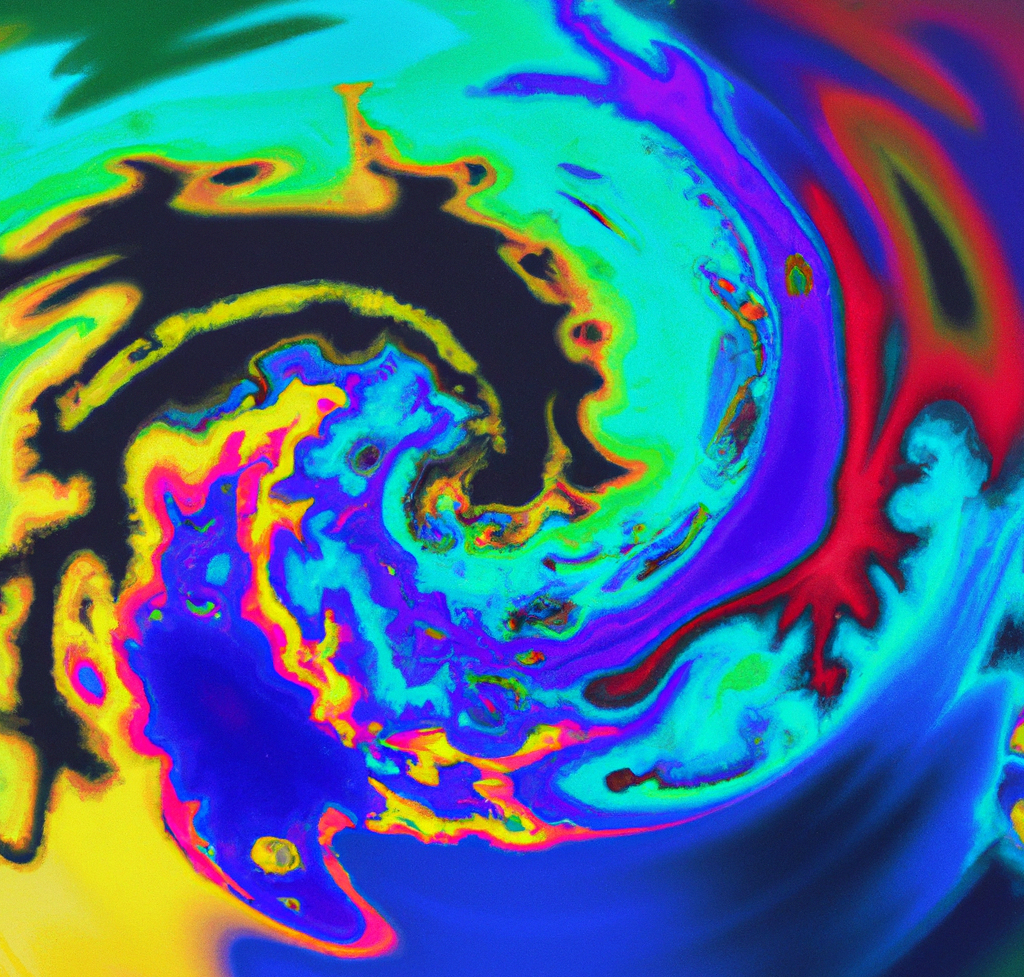
The risks associated with LSD use can be minimized by taking certain precautions and practicing Harm Reduction strategies. Here are some ways to minimize the risks of using LSD:
Drug Checking
Drug checking, also known as harm reduction testing, is a way to verify the contents of a drug sample and reduce the risks associated with drug use. While there are various methods to test LSD, we will not be interested in a laboratory, long and expensive research methods like mass spectrometry. We need a method that is accessible and understandable to most people. It’s great that such a method exists for Harm Reduction for LSD – these are Reagent test kits.
Reagent test kits are a popular way to test LSD. These kits contain chemical reagents that react with LSD and produce a color change. The most commonly used reagents for LSD testing are Ehrlich’s reagent and Hofmann’s reagent.
Such kits can simply be used and protect you from the effects of substandard substances and impurities. Today they are available in many parts of the world and cost relatively little. Here are some examples:
Dance Safe LSD Testing Kit – Worldwide
Spot Test Kit C – USA
Ehrlich Reagent Test – UK
It is important to note that drug checking can only provide information about the composition of a drug sample and reduce the risks associated with drug use. It is also essential to practice other harm reduction strategies.
Lower dose start
The primary way to reduce the risk of harm from LSD is to use a lower dose. LSD is typically sold in small squares of paper, known as “tabs,” with each tab containing a dose of the drug. Users can reduce their risk of harm by starting with a small dose. Users should avoid taking large doses or multiple tabs at once, as this can increase the risk of negative effects.
This is especially true for those who have no experience in using. For such people, even an average dose of 100 micrograms can be quite hmm impressive. Therefore, always start with smaller dosages. You can increase them as you gain experience and understand how your body and psyche interact with the substance.
Set and setting
LSD use can be unpredictable, and users should be in a safe, comfortable, and supportive environment. Choose the place for taking LSD, and be in a positive and relaxed mindset. For LSD, as for all psychedelics, such preparations are very important and can form the entire subsequent experience. Avoid taking LSD in a crowded or unfamiliar place or when you are feeling anxious or depressed.
Hydration and nutrition
LSD can cause dehydration, and users should drink plenty of water and fluids to avoid this. You should not refuel with sweet sodas – they can only increase thirst and dehydration. To try a little for the sake of interesting sensations – yes. But only drinking water can make up for the loss of fluid and refresh, even tidy up and distract.
Drink water and eat light, healthy foods before and during LSD use to stay hydrated and nourished. For some people, it is better if you withstand moderate fasting before the trip
Avoid mixing
Do not mix LSD with other drugs or alcohol. This can increase the risk of negative side effects and interactions.
Mental health
Avoid taking LSD if you have a history of mental health conditions such as depression or anxiety. LSD can exacerbate symptoms and trigger underlying mental health issues.
Medical conditions
Avoid taking LSD if you have underlying medical conditions such as heart or circulatory problems. It is also advisable to seek medical advice before taking LSD if you are pregnant, breastfeeding, or have a history of seizures.
By taking these precautions and practicing harm reduction strategies, you can minimize the risks associated with LSD use and have a safer and more positive experience.
Handling Difficult Experiences
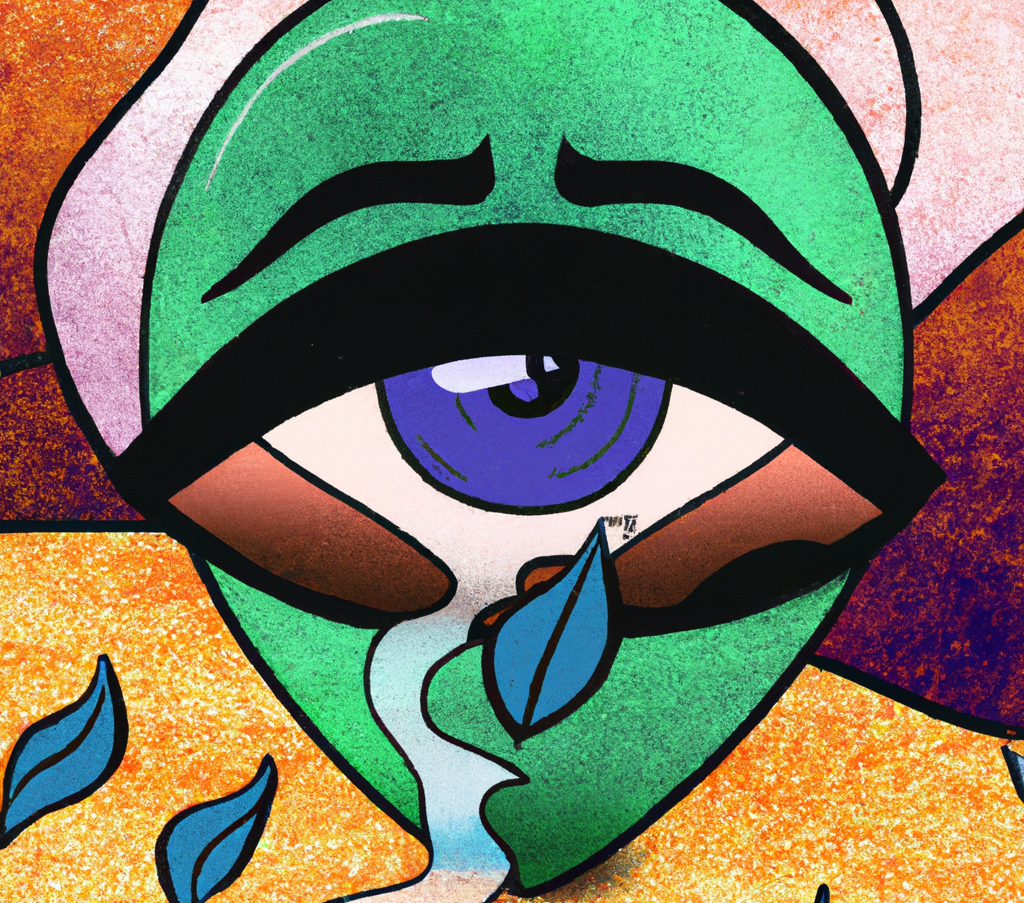
During an LSD trip, it is possible to experience difficult or challenging experiences that can be overwhelming or frightening. This is possible even if you have done everything possible to avoid any harm. These experiences can be caused by various factors such as dose, setting, or the individual’s state of mind. Here are some tips on how to handle difficult experiences during an LSD trip:
Change the setting: If you are experiencing difficult emotions during an LSD trip, changing your setting can help. Try moving to a different room, going outside, or changing the music or lighting.
Practice relaxation and grounding techniques: Breathing exercises, surface-level meditation, and other relaxation techniques, or repeating a mantra or phrase can help you calm down, bring you back to the present moment, and reduce the intensity of difficult experiences.
Reach out for support: If you are tripping with friends or a trusted companion, ask them for support. If you are alone, consider calling a trusted friend or a hotline for assistance.
Remind yourself that the effects are temporary: LSD trips typically last several hours, and reminding yourself that the effects are temporary can help you cope with difficult experiences.
Seek professional help: If you are struggling to cope with difficult experiences during an LSD trip, it may be helpful to seek professional help. A mental health professional can provide support and guidance on how to manage difficult emotions and experiences.
It is important to note that while LSD trips can be intense and challenging, they can also have positive effects such as increased creativity, self-awareness, and empathy. However, it is essential to use LSD responsibly.
Other LSD Facts
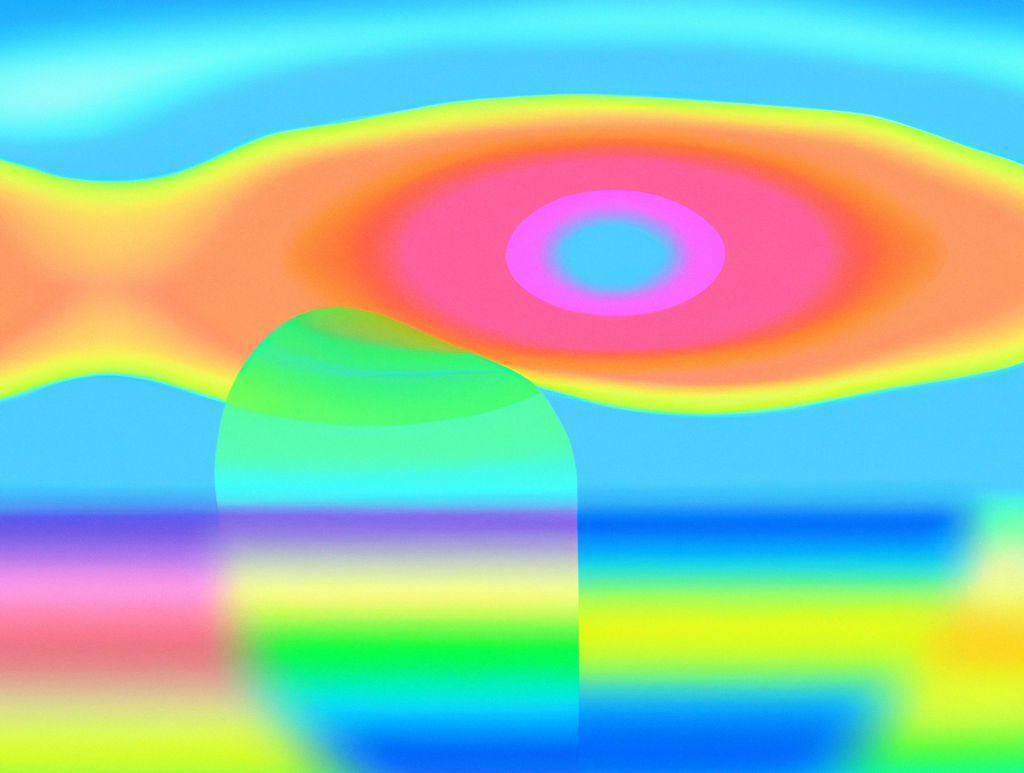
In addition to the harm reduction strategies mentioned earlier, here are some other useful facts and approaches to harm reduction for LSD:
Use a trip-sitter: A trip-sitter is someone who is sober and experienced with LSD, and can help you navigate the experience. They can provide reassurance, offer a different perspective, and help you stay safe.
Have a plan: Before taking LSD, have a plan for what you want to do, where you want to go, and who you want to be with. Having a plan can help you feel more in control and reduce the risk of a bad trip.
Use music: Listening to calming and soothing music can enhance the experience and help you relax.
Take breaks: Take breaks between trips lasting at least 2 weeks. Approximately during this time, tolerance to the action of the substance is restored normally. This does not mean that LSD can and should be consumed every 2 weeks. The psychedelic experience can be useful, but it should be treated with some caution. As to powerful and unpredictable tools. Too frequent use of psychedelics may be more likely to affect your health.
Avoid driving: Do not drive or operate heavy machinery while under the influence of LSD. It can impair your judgment and reaction time, leading to accidents. It’s mindblowing, but I’ve met people who have practiced such leisure
Sleep and rest: After the trip, get plenty of sleep and rest to help your body and mind recover.
Summary
In conclusion, there are several ways to reduce the potential harm associated with LSD use. These include testing the LSD, starting with a low dose, being in a positive and comfortable environment, having a trusted friend or companion with you, staying hydrated and nourished, avoiding mixing LSD with other drugs or alcohol, etc. By taking these precautions and practicing harm reduction strategies, individuals can have a safer and more positive LSD experience.
Since the psychedelic experience is often very individual, largely psychological, and depends on many factors, I am interested in what approaches and methods of harm reduction can be added here, depending on another geography, culture, and approaches to use. Write in the comments or contact me if you have any thoughts on this.
✔️
This marks the finish of today’s session. It is my hope that this piece was enlightening.
If you desire to advance the growth of this blog, I suggest the following actions:
- Follow my Twitter.
- Circulate a link to this article among your associates.
- Give recognition to this blog on relevant platforms or discussion groups.
Should you identify any necessary additions or corrections in this article, feel free to initiate a dialogue with me via Contact Form. I am always open to communication.
I express my gratitude for your valuable time and consideration 🚲


